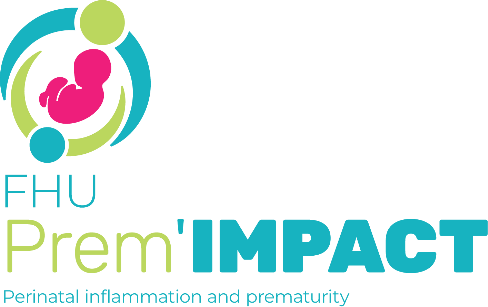Abstract
Bronchopulmonary dysplasia (BPD) is a serious complication of extreme prematurity and has few treatment options. The postnatal use of steroids to prevent BPD remains controversial, but prophylactic low-dose hydrocortisone (HC) has been shown to improve survival without BPD. However, an increased risk of late-onset sepsis (LOS) was also reported in extremely preterm neonates exposed to prophylactic HC treatment. Because its causal link remains unclear, our objective was to assess the effect of prophylactic HC exposure on LOS risk, adjusted for perinatal risk factors of LOS. We re-analyzed the PREMILOC trial to investigate the postnatal factors influencing the incidence of LOS occurring after day 3 from baseline conditions and to evaluate the potential interaction produced by prophylactic HC exposure. We used three different statistical models (poisson, Cox regression, competing risks) to test the effect of HC on LOS occurrence. LOS was reported in 64/264 (24%) and 77/255 (30%) in the placebo and HC groups, respectively (P = 0.12). A decreasing risk of LOS was observed with increasing gestational age (P < 0.001), vaginal delivery (P = 0.005), and supplemental corticosteroids given after a 10-day treatment with prophylactic HC but before the LOS (P < 0.001). A trend of higher risk of LOS was noted in infants exposed to perinatal asphyxia (P = 0.065). Adjusted for these covariates, we found a non-significant association between HC exposure and risk of LOS (relative risk, 1.041 (95% CI, 0.738 to 1.471]), P = 0.817). Using a survival competing risk analysis, we confirmed the lack of significant effect of HC on LOS (hazard risk ratio, 1.105 [95% CI, 0.787 to 1.552], P = 0.560), while competing death was significantly reduced by the treatment (hazard risk ratio, 0.427 [95% CI, 0.259 to 0.707], P < 0.001).
Conclusion: The effect of prophylactic HC compared with placebo on LOS is summarized by a risk ratio varying within the interval [0.90-1.10] and this effect was never significant.
Trial registration: EudraCT number 2007-002041-20, ClinicalTrials.gov number NCT00623740.
